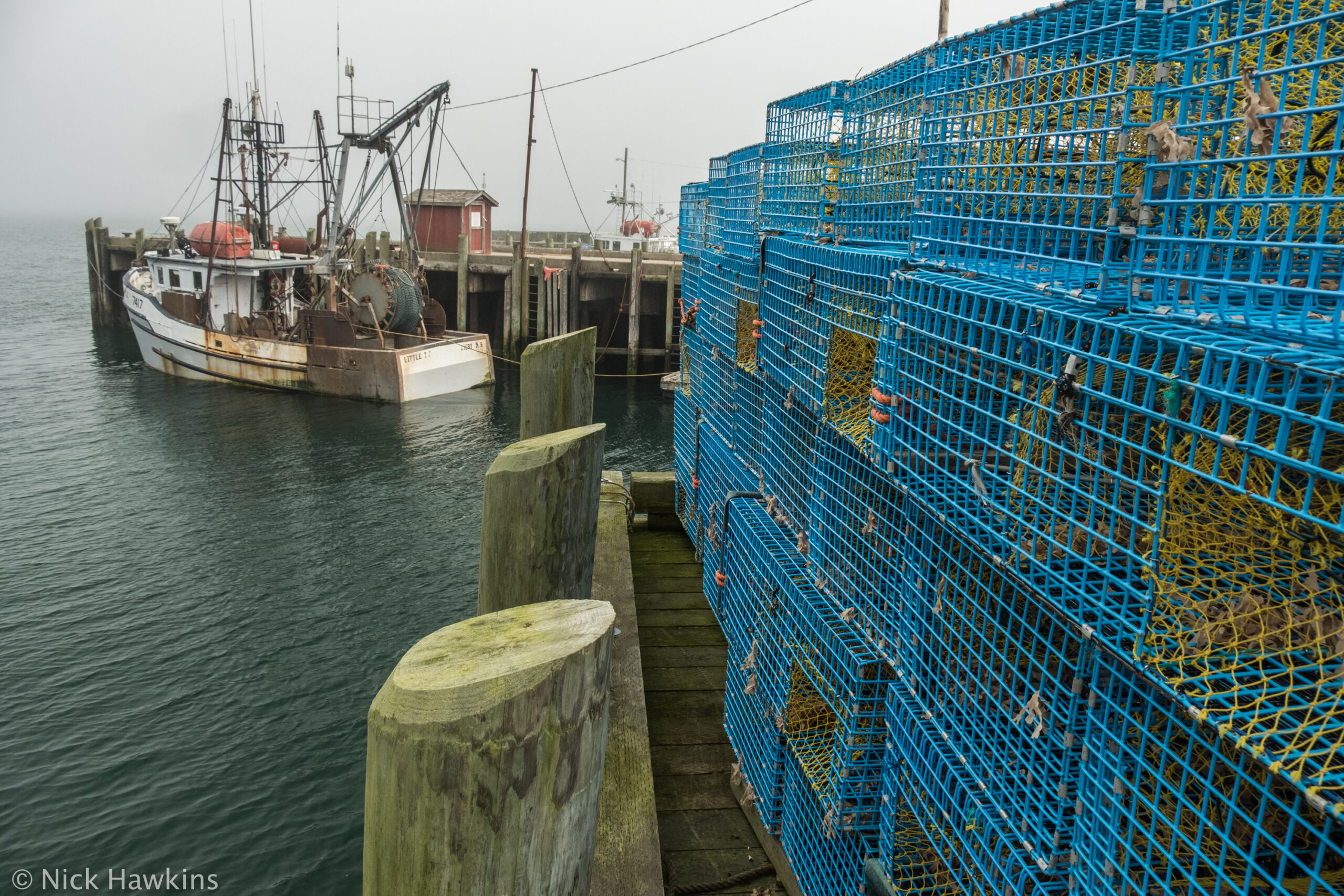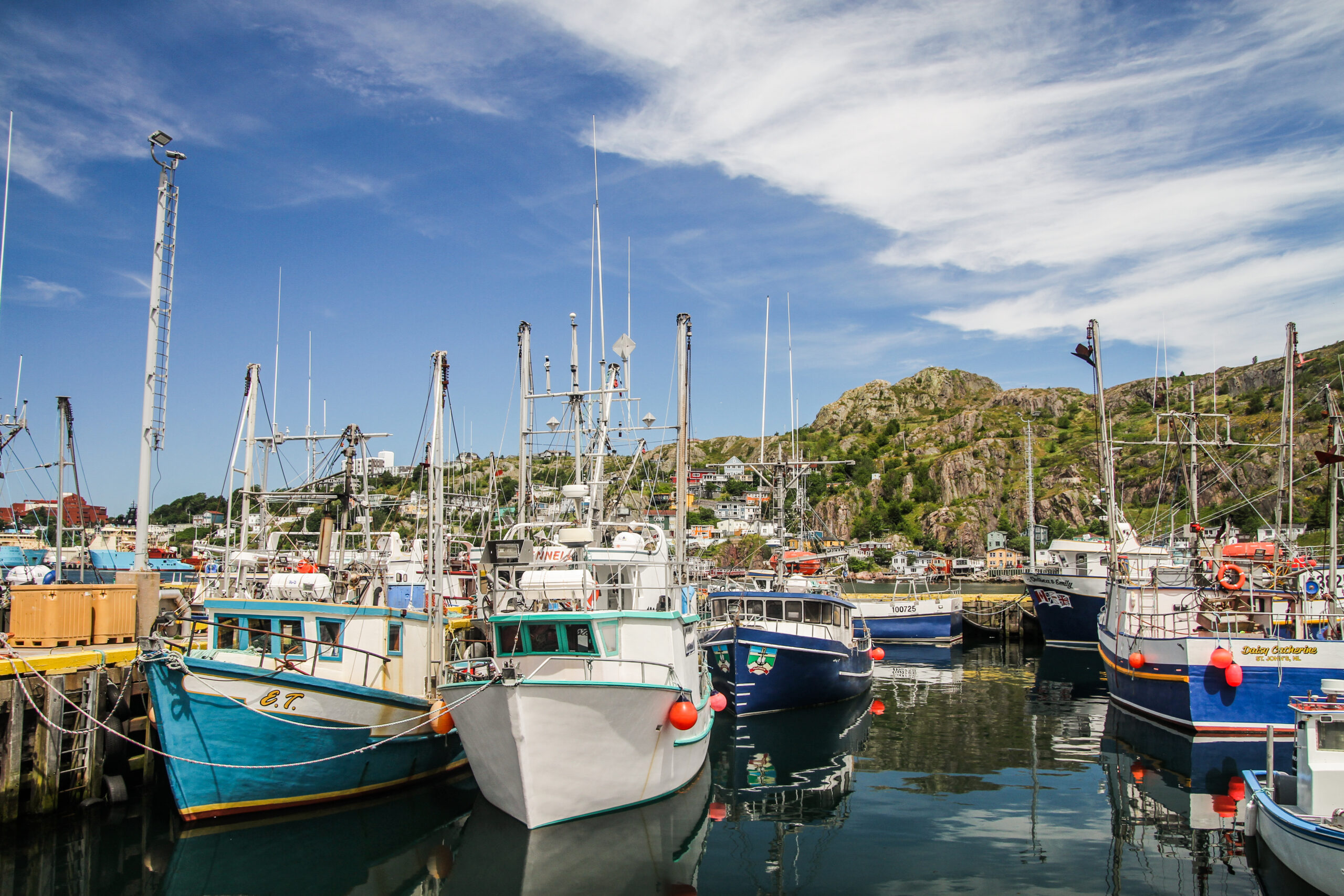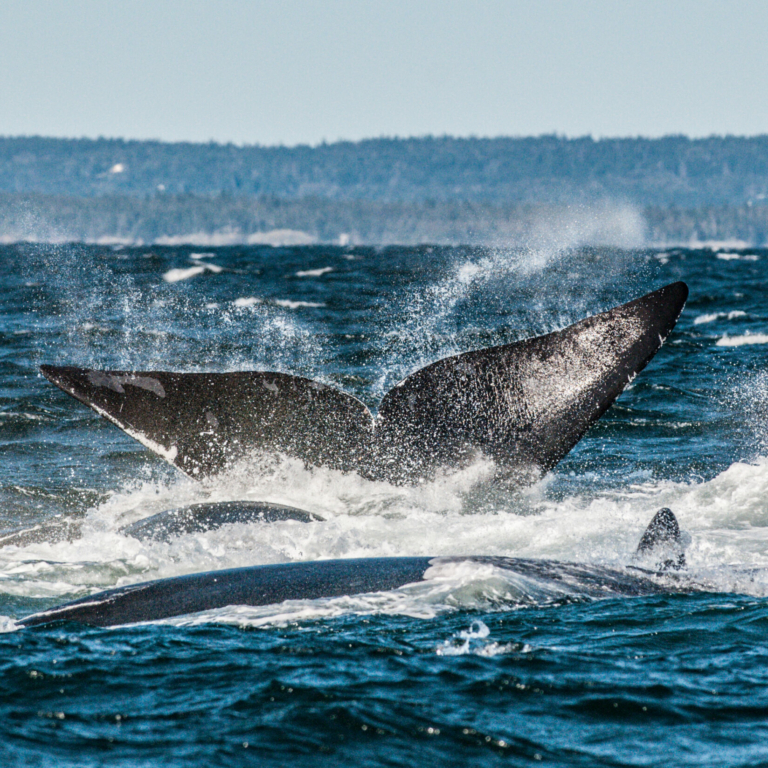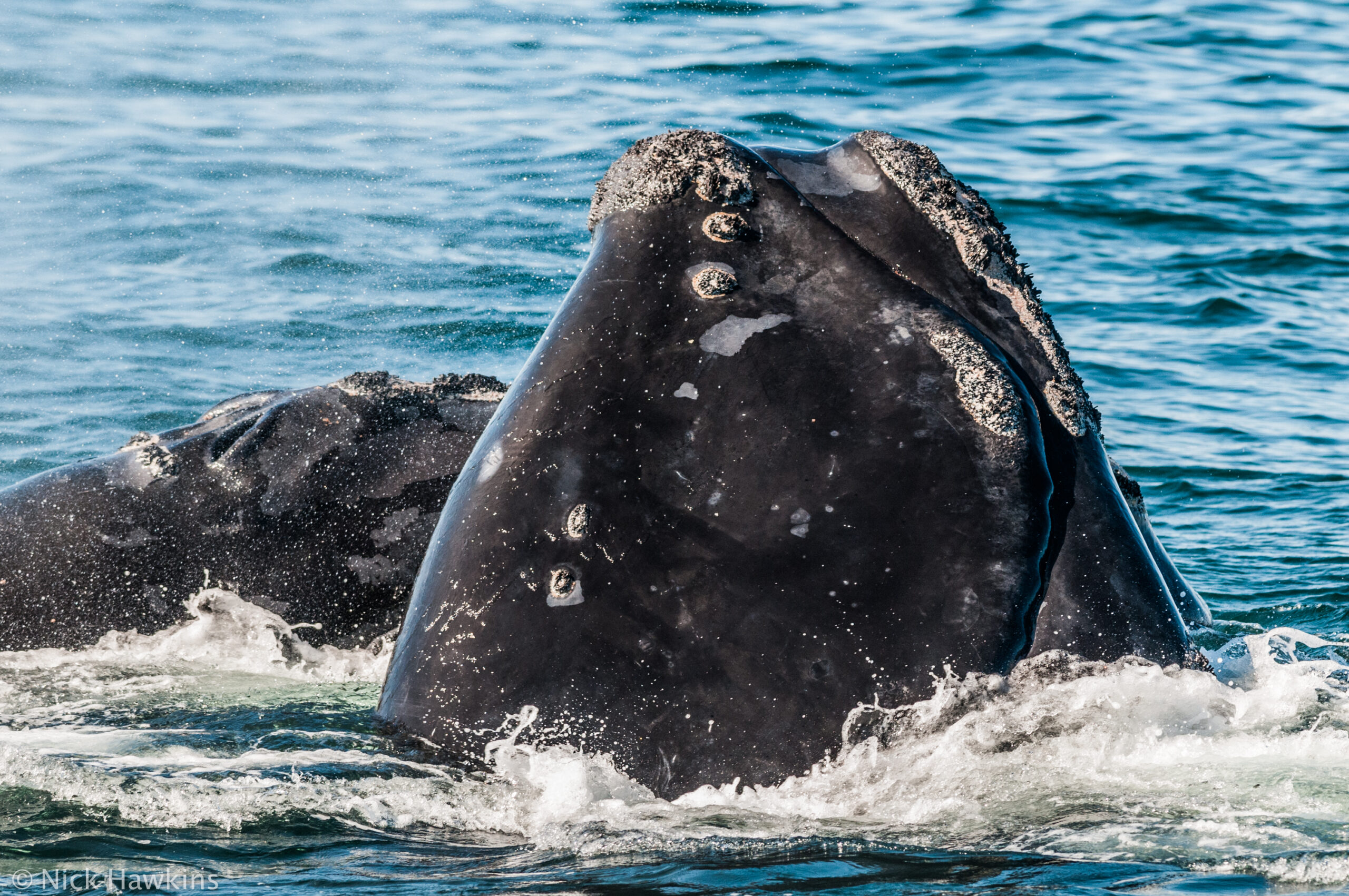Have We Become Too Dependent on One Species?
Decades ago, Maritime coastal communities thrived on abundant and diverse species of fish. Mackerel, halibut, herring, salmon, hake, grey sole, swordfish, pollock, perch, smelt, haddock, flounder and, of course, cod, were all part of that industry, along with the still-familiar lobster, and many others.
These fish can still be found off the Atlantic coasts, but independent inshore fish harvesters are no longer granted the quota required to fish them. Inshore fish harvesters have noticed some species getting smaller as well as scarcer.
My father had a three-and-a-quarter inch net and you could use that to catch mackerel for two weeks. Last 10 to 15 years you put it out two nights, take it in. Then you put in smaller mesh nets… for four or five days. Little bits of things is all you’re getting. So we buy our bait for a mere dollar a pound.
–Neil’s Harbour fish harvester Michael Buffet

Despite the cod collapse and severe decline of many groundfish and pelagic fish, our fisheries are earning more dollars than ever before. There are two reasons for that increased dollar value: lobsters and snow crab.
Back in 1990, [Atlantic Canada] landed 1.3 million metric tonnes, which was primarily groundfish, at a value of $0.95 billion. The most recent data available from DFO shows the landings in 2018 were only 0.6 million metric tonnes—so less than half of what it had been in 1990—but the value of the landings was $3.2 billion, so it had more than tripled in value… The value per pound has increased sixfold. So that’s had a positive impact on many of the harvesters who … gained access to any significant shellfish species.
–Fisheries consultant Peter Norsworthy
These high-priced species have thrived after the collapse of the cod, which independent fish harvesters blame on an overabundance of corporate trawlers going back to the 1970s.
It got bad when the draggers came. Those seiners come out of Newfoundland, take fifty thousand pounds a swoop. They dump the rocks in a pile underwater, like a mountain. New technology just made better killing machines. They’re 24-7, come in, refuel, out again. They had thousands of them.
–Glace Bay fish harvester Jim Munden, 80 years on the water
When draggers came on 40 years ago, that was the start of depleting the cod. When you went out where draggers had been, you’d be hauling up slub and the bottom is smooth as the floor of a garage.
–Glace Bay fisher harvester Danny Munden, 40 years on the water

Danny Munden describes ideal conditions for shellfish, and he and other fish harvesters acknowledge that lobster and crab fisheries have been good to them. But relying on a single fishery comes with a cost. The fish processing sector has declined dramatically:
There was probably about six or seven hundred plants active in Atlantic Canada in 1990; there’s probably only two hundred active now… in most cases… year-round employment simply isn’t available anymore, so the annual income of plant workers has declined very significantly.
–Fisheries Consultant Peter Norsworthy
As a result, young people in coastal communities are more likely to leave for more reliable work elsewhere.

Duis ultricies lacus sed turpis
Volutpat odio facilisis mauris sit amet massa vitae tortor condimentum
Adaptation
Egestas integer eget aliquet nibh praesent tristique.
test
Related Content



